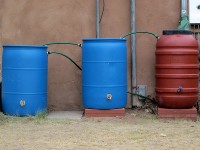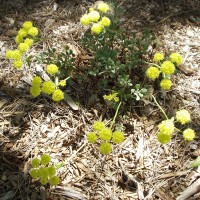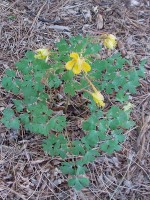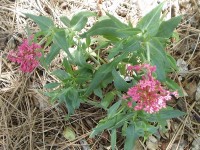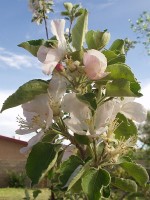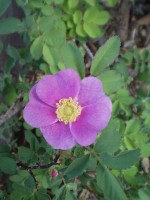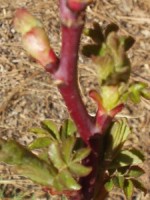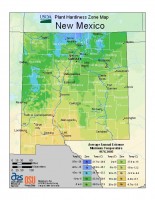Navigation
Current weather
Santa Fe, NM

- Clear sky
- Temperature: 39.2 °F
- Wind: North-Northeast, 9.2 mph
- Pressure: 30.45 inHg
- Rel. Humidity: 56 %
- Visibility: 10 mi
Tue, 2024/04/16 - 5:53am
User login
More Eco News
- Talks for a plastic pollution treaty are stalling. Could the U.S. be doing more?
- How hot is too hot? New weather forecasting tool can help figure that out
- Massive thick seaweed patches are again drifting toward South Florida beaches
- Looking for new ways to appreciate nature? 2 new birding books may help
- How do you build without over polluting? That's the challenge of new Catan board game
- Nature has a mixtape. The U.N. hopes young people will listen to it

